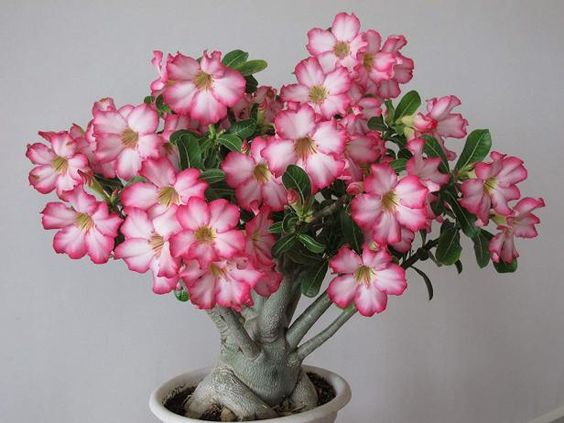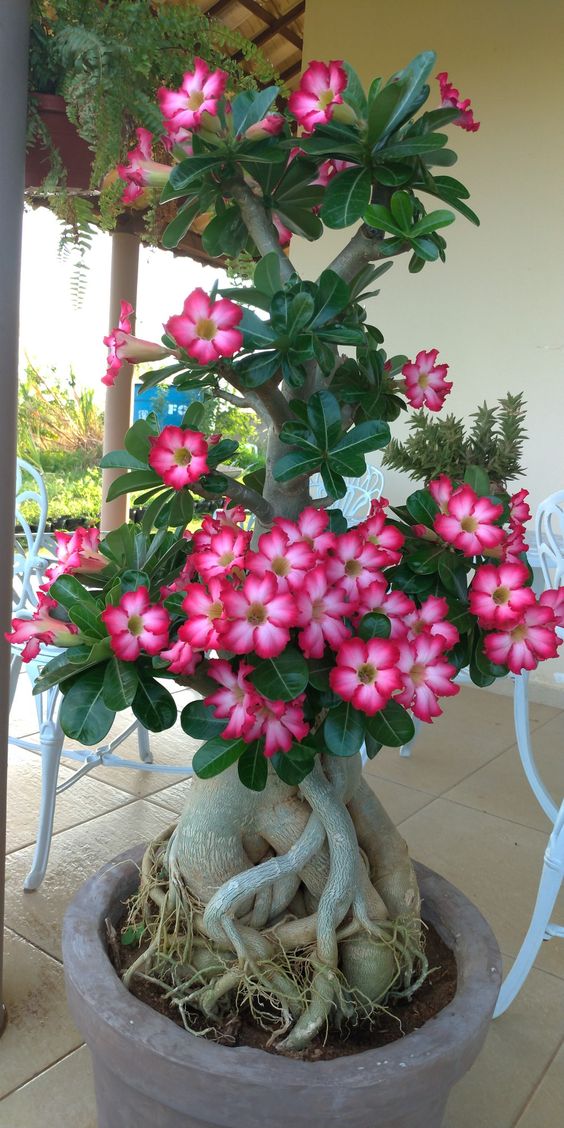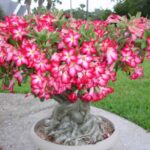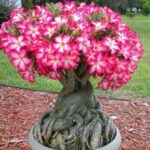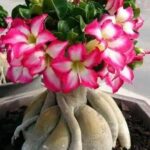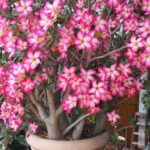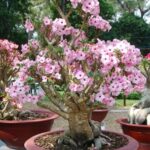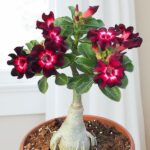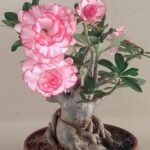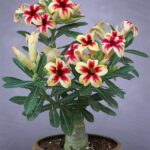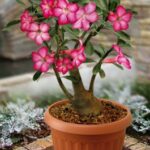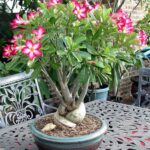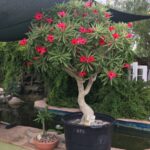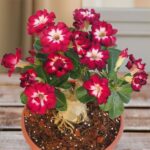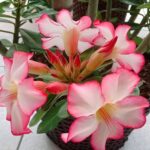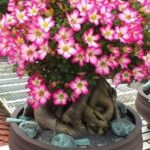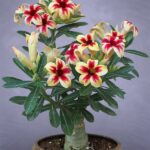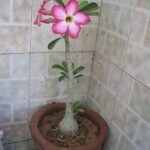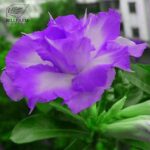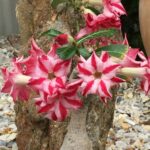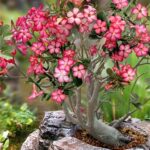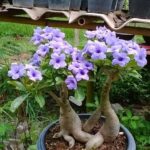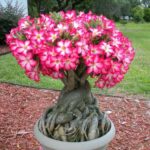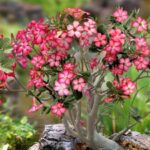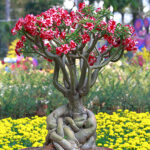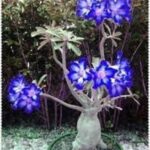Growing and Caring For Desert Rose Plants
Plant lovers are always looking for easy-to-grow, unique plants with a fun twist. Adenium desert rose plants are perfect specimens for the intrepid or novice gardener.
Properly mimicking their native regional conditions will produce many rose-like blooms on an architectural marvel of a plant. Desert Rose Plant Info Desert rose has become a popular ornamental garden plant in USDA zones 10 through 11. The rest of us in cooler zones have to resort to growing Adenium indoors to give the plant a vacation on the patio or deck during the summer. Caring for the desert rose plant can be tricky and requires some knowledge of the species’ life cycle.

Adenia are succulent tropical plants. They differ in class because they develop a caudex, or swollen trunk. All succulents have some form of water storage system, be it leaves, stems, or roots. In the case of the desert rose, the stem swells to store moisture for periods of drought. A nice thick stem is an indicator of plant health. A thin stem may indicate that the plant needs more moisture. An interesting piece of information about desert rose plants is their natural resemblance to a bonsai plant, with a small stature when mature and a neat canopy perched on the tiered stem.
Many growers seem to have trouble caring for desert rose plants, but these can be really easy to care for if you keep in mind Adenium’s water, temperature, and lighting needs. Adenium Desert Rose Growing Tips First, remember that Adenium plants are native to regions with poor, gritty soil and hot, sunny climates. Don’t expect the plant to thrive in overly moist soil in a location with limited light. They are also not frost tolerant and will succumb to a frost if left exposed. The plant will not survive long when exposed to temperatures below 40 degrees F (4 C), but will thrive in temperatures as high as 90 degrees F (32 C).
